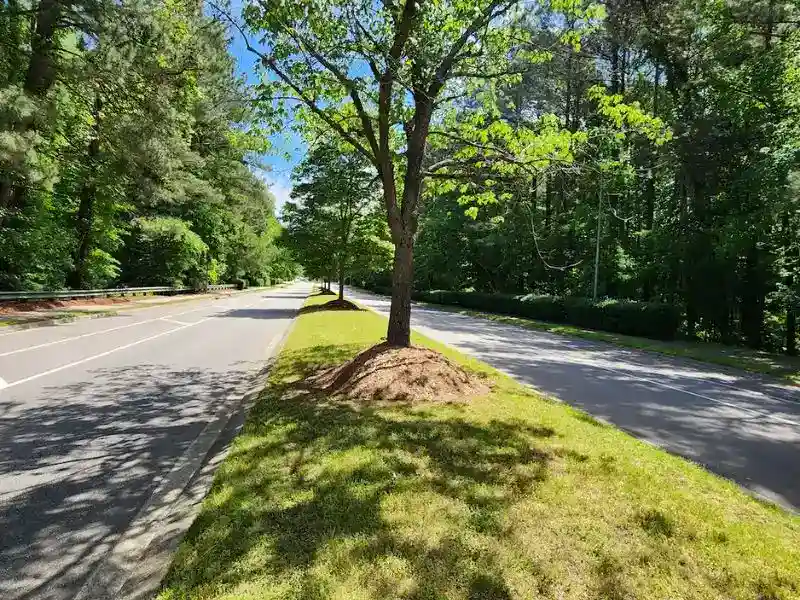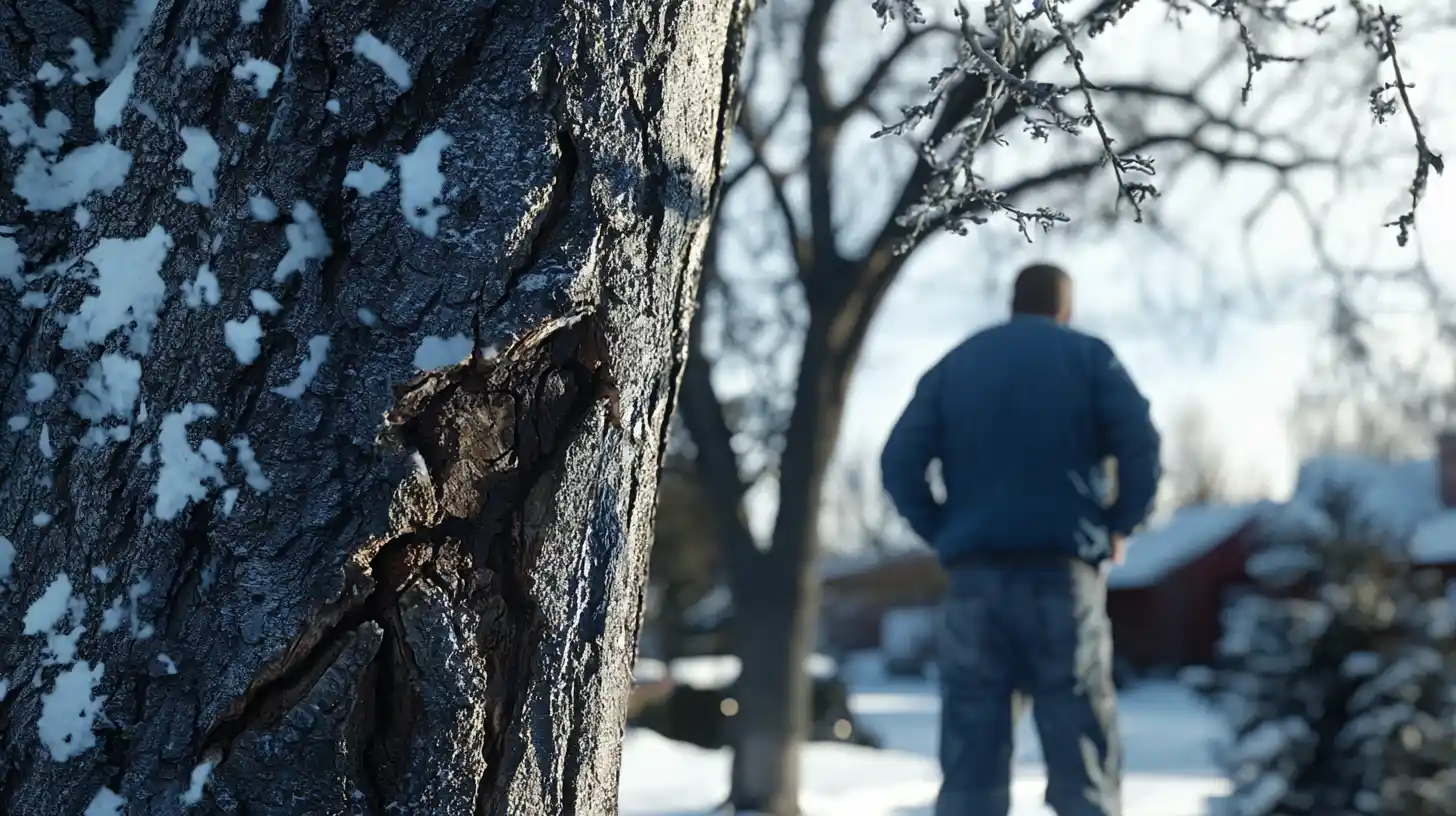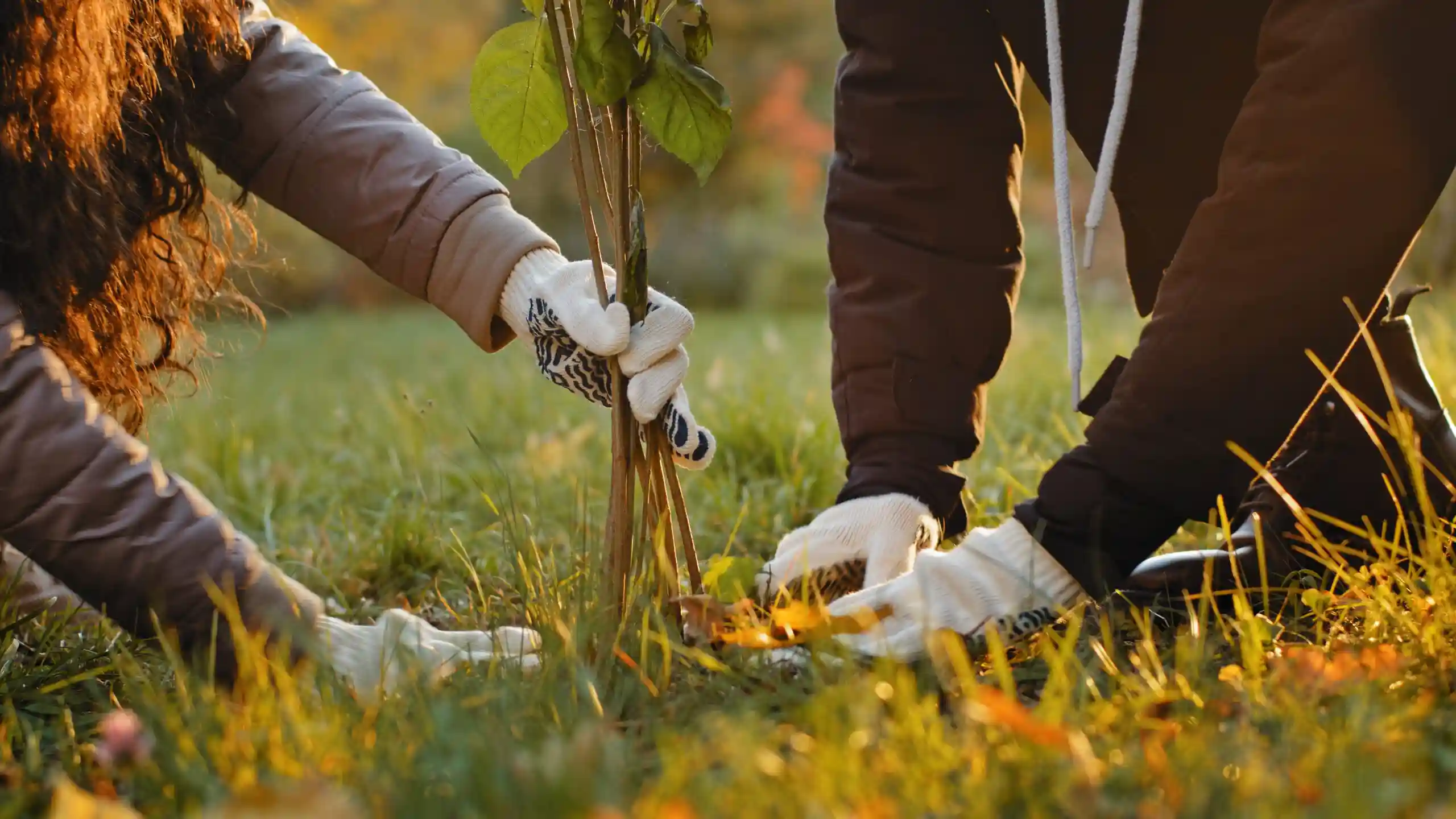Pine Wilt Disease: A Menace to Pine Trees
Pine Wilt Disease (PWD) is a devastating condition that poses a serious threat to pine trees. Caused by the microscopic nematode Bursaphelenchus xylophilus, this disease can lead to the rapid decline and death of infected pine trees. This article delves into the key aspects of Pine Wilt Disease and its impact on pine tree populations.
Causes and Transmission:
Pine Wilt Disease is primarily transmitted by pine sawyer beetles, which carry the nematode within their bodies. When the beetles infest healthy pine trees, they introduce the nematode into the tree’s resin canals. The nematodes then multiply and spread throughout the tree, causing blockages in the water-conducting vessels.
Symptoms and Effects:
The symptoms of Pine Wilt Disease vary depending on the pine tree species and the stage of infection. Initially, needles on infected trees may turn yellow or brown, followed by wilting and browning of entire branches. As the disease progresses, the entire tree can succumb to extensive browning and die within a few months.
Impact on Dogwood Trees and Ecosystems:
Management and Prevention:
Managing Pine Wilt Disease involves preventive measures and active management strategies. These include the removal and destruction of infected trees, especially during the winter when beetle activity is minimal. Implementing pheromone traps to monitor beetle populations and reducing the attractiveness of pine trees to beetles can also help in preventing the disease’s spread.
Pine Wilt Disease presents a significant threat to pine tree populations, impacting their vitality and disrupting forest ecosystems. Timely detection, effective management practices, and public awareness are crucial in mitigating the spread of this destructive disease. By preserving and protecting pine trees, we can ensure the long-term health and resilience of our forests while safeguarding the ecological and economic values they provide.



